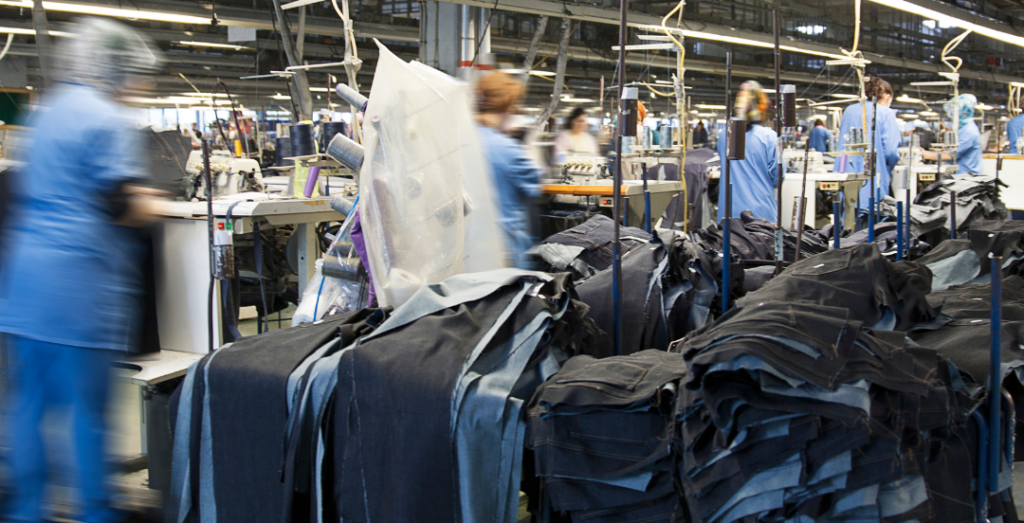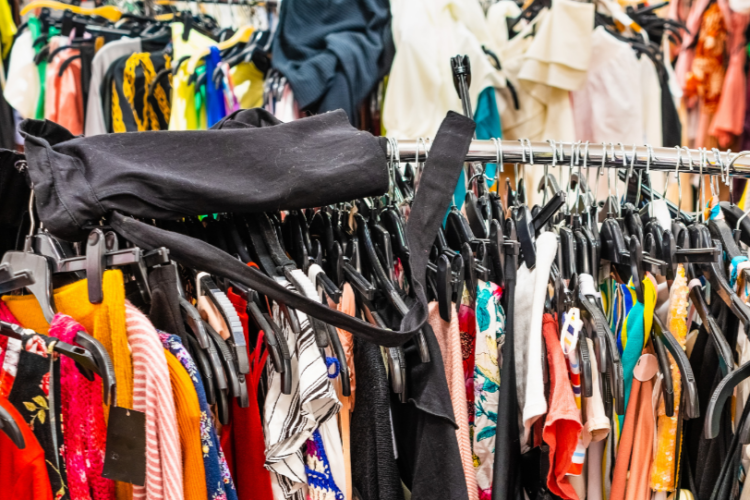The term “fast fashion” was first coined by the New York Times when the Spanish retail clothing chain Zara opened its first store in New York City in the ‘90s. Zara’s mission, at that time was to produce a garment within 15 days, from the design process to market availability. Before fast fashion retail companies took over the industry, fashion was “slow” since the process took time, from sourcing and preparing the materials to the creation of the clothing. During the Industrial Revolution, sewing machines were introduced, making dressmaking quicker and clothing cheaper, usually catering to the middle class. Due to the accessibility and convenience allowed by the technological advancements of the time, mass production of clothes became a business model. Fashion became a form of self-expression that wasn’t limited to the upper class, making room for ever-changing “trends” that have shaped the “fast fashion” business model of today.
Fast fashion brands such as Zara and H&M cater to a large market of consumers demanding stylish clothing for low costs. The aforementioned brands and others alike are able to cut down the market costs of the garments by sourcing their materials based on price. High-quality and ethically sourced materials come with a price, therefore fast fashion brands tend to overlook this aspect to produce cheaper garments. Recently, consumers have been holding many of these brands accountable for using unethical and non-eco-friendly materials which normally end up in landfills and harm the environment. Instead of creating sustainable changes in their business model, many brands allegedly took advantage of consumer interest by falsely advertising and labeling their products as “sustainable”. For instance, H&M and Nike were faced by a “greenwashing” lawsuit which called them out for falsifying information and using deceitful marketing strategies under the claim that their products are made of sustainable materials.

The production costs also play a significant role in determining the clothing price. Many fast fashion brands would opt to produce their products where labor is cheap, outsourcing their labor to countries such as Bangladesh or China. When choosing to buy clothing from sustainable brands, not only do consumers receive better quality products, but ensure ethical business practices as well. The minimum wage for garment workers in Bangladesh is around USD 0.80 per hour, which makes them prone to exploitation. Sweatshops, or sweat factories, are often used to describe very poor and illegal workplace conditions, where workers are underpaid and overworked. Many sweatshops emerged throughout the globe, mostly in Asia and South America, as the demand for consumer goods accelerated. Major fast fashion brands, such as SHEIN, had been faced with lawsuits of forced and child labor accusations, which the company has addressed as false. The company also had to deal with a RICO lawsuit, which was filed for copyright infringement, since many designers have seen “copies” of their work being produced and sold by SHEIN. There are a lot of ethical dilemmas surrounding fast fashion companies, making it important for consumers to be educated as to where their purchases are coming from.
At the end of the day, it is in the hands of the consumers on where they want to put their money. Social media has played a big role in promoting overconsumerism by exposing us to short-lived trends and providing accessibility through online shops. However, society has become more aware of the detrimental effects of overconsumerism, environmentally, financially, and socio-politically. “De-influencing” videos have been more prominent on social media platforms like TikTok to remind people to purchase wisely and not be easily swayed to buy things we don’t need just because it’s a trend.
Roselle Torres
If you found the article interesting, I also recommend this:




